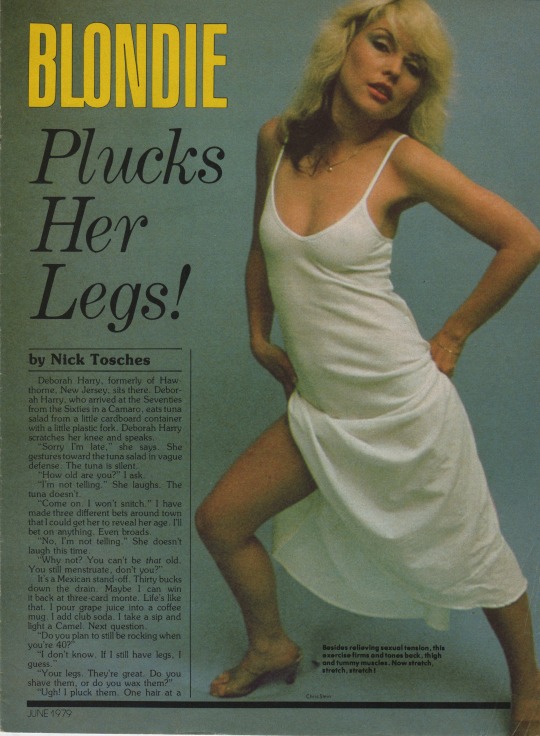Whole Lotta Shakin', the first episode of Dancing in the Street, begins the BBC's landmark 10-part series on the evolution of rock music with the innovators of the late-1940s and 1950s: renegade musicians, both black and white, whose blending of musical styles made their work impossible to categorize; record producers with the vision to record it anyway, and the colour-blind disk jockeys who spun these records for audiences that couldn't figure out - or didn't care - if the artists were black or white. Longstanding barriers of music, race and class began to buckle to the strains of what Cleveland DJ Alan Freed labeled "rock and roll", a black euphemism for sex.
Be My Baby, the second of 10 hour-long episodes of Dancing in the Street, explores the growing importance of a new genius in rock and roll: the producer.
In the early 1960s, the collision of two powerful forces permanently changed the landscape of rock and roll. The impact of the Beatles and Bob Dylan splintered the music in a thousand directions, smashing its boundaries, and leaving in its wake new ideas about the sound of rock and roll and the expressive power of its lyrics. Out of this confluence flowed folk rock and a new generation of artists who placed greater emphasis on introspection and self-expression.
The combined effect of these two forces and the folk rock explosion that ensued is the subject of So You Want to be a Rock and Roll Star, the third installment of BBC's 10-part Dancing in the Street.
The tone for black music in the 1960s was set by Ray Charles, who combined the music of the church with lyrics about love and romance. This secularized gospel appealed to black and white audiences alike, forming the basis for the sophisticated dance music of Motown and the raw emotion of Southern soul. The joyful, upbeat black music that swept the country during the civil rights movement of the 1960s is the subject of R-E-S-P-E-C-T, the fourth in the 10-part BBC series, Dancing in the Street.
Crossroads, the fifth installment in the BBC's Dancing in the Street, shows how Mississippi blues found its way to England's dance clubs and into the embrace of British teenagers, only to be exported back to America in forms both familiar and totally unexpected.
In Eight Miles High, part six of the BBC's epic 10-part series, Dancing in the Street, the influence of drugs on rock music is explored through the ultimate high of 1960s San Francisco and beyond.
As the 1960s drew to a close, new musicians emerged who would challenge the prevailing optimism of the time, often aggressively. Using the rock stage as a theater, they would adopt and shed onstage personas in an effort to connect with larger and more distant audiences. The result was an astonishing parade of glittering heroes, aliens and demons making music that awed, challenged and infuriated. These personas - and the artists who inhabited them - are the subject of Hang On To Yourself, the seventh in the BBC's 10-part series, Dancing in the Street.
In short, rock and roll was in danger of becoming just another leisure industry; it needed an injection of something new. No Fun, episode eight of the BBC's 10-part series Dancing in the Street, documents how punk rock spit in the face of the bland, commercial music of the 1970s and turned rock and roll back into something anyone could play.
Make It Funky, episode nine in the BBC's 10-part series, Dancing in the Street, begins with James Brown, the undisputed Godfather of Soul and Father of Funk, and traces his legacy through the black music of the 1970s, from the biting social protest of Sly and the Family Stone and Stevie Wonder to George Clinton's outrageous escapist fantasies.
The outrage of punk rock faded during the early 1980s, and mainstream music recovered its composure, filling arenas across the world with classic rock sounds and heavy metal power. But a new, sparse sound with a style all its own was bubbling up from the street, bringing a combination of tough, urban attitude and cool electronic sophistication to rock and roll. Planet Rock, the final episode in BBC's 10-part series Dancing in the Street, traces the development of rap and electrofunk from their roots in the streets of the Bronx to their branches all over the globe.
thanks mooncake40
-
英国广播公司 BBC 曾制作过两套摇滚乐历史的纪录片。2007年的 7 Ages of Rock「摇滚七章」和1995年的「摇滚街头」Dancing in the Street。後者是一套综述半个世纪前,由美国南部新奥尔良摇滚乐摇篮出发,到大西洋彼岸发动的「英伦入侵」,再90年代回到纽约街头的Hip- Hop。 四十年来,摇滚乐不断的自...
全部专辑信息>> - 标签:


